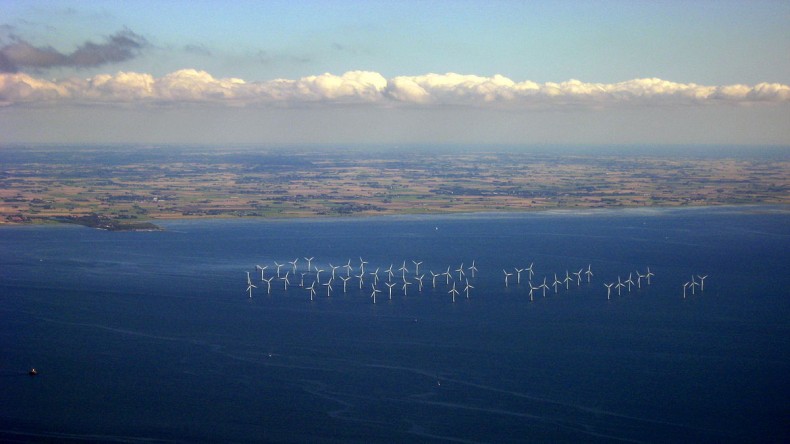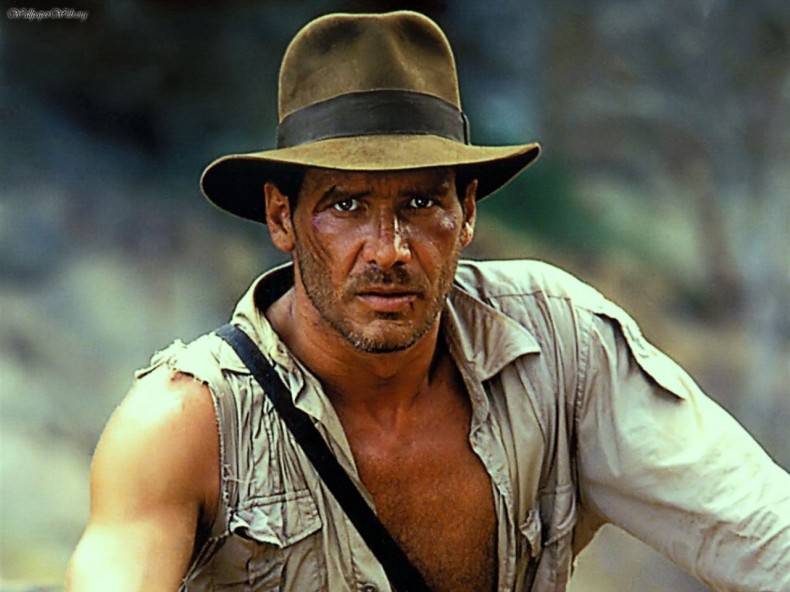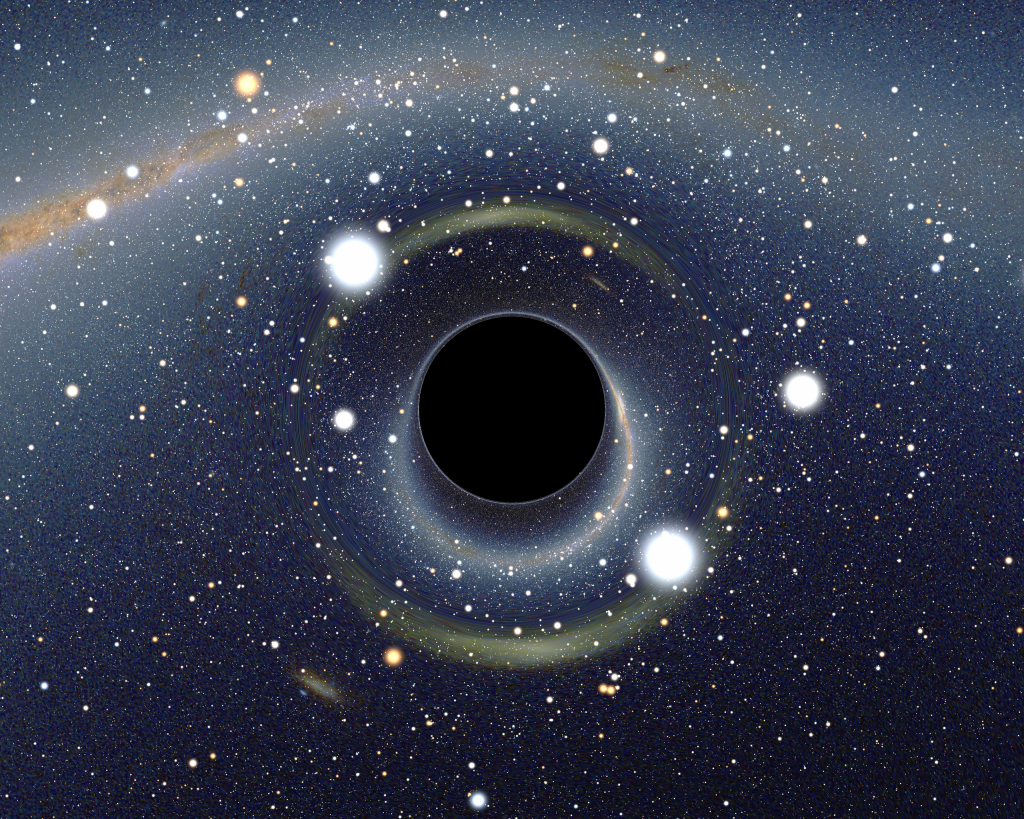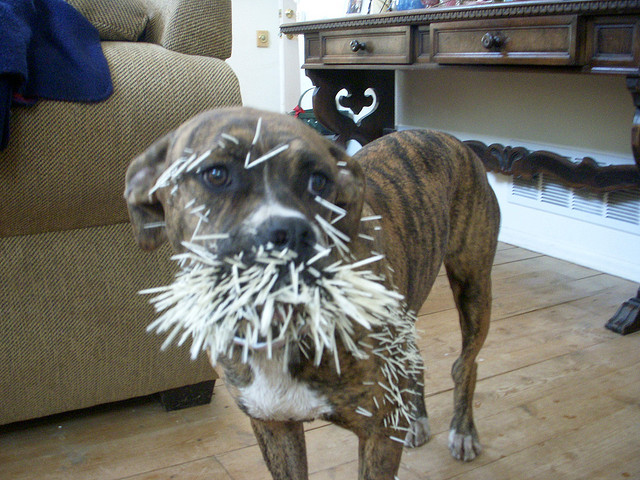When I realized that I was scheduled to post on the 13th anniversary of the September 11 terrorist attacks, I decided I should write something about the legacy of that day. I want so badly to find a kernel of hope, but current events leave me with nothing but pessimism. Violence has begotten more violence. Since September 11, 2001, the U.S. has spent more than a TRILLION dollars on the wars in Afghanistan and Iraq, and the war has cost nearly 7,000 American lives. At least 21,000 Afghan civilians and about 140,000 Iraqi civilians have been killed, and the violence continues. Last night, President Obama announced that he’s sending 475 service members to Iraq. For most Americans, this news is a blip on the news cycle. For the one percent of the American public that serves in the military, it’s a message that they must continue to brace for the uncertainty of battle.
As we enter the 14th year since the 9/11 attacks, please take a moment to consider the families who serve and sacrifice for our country. Continue reading





